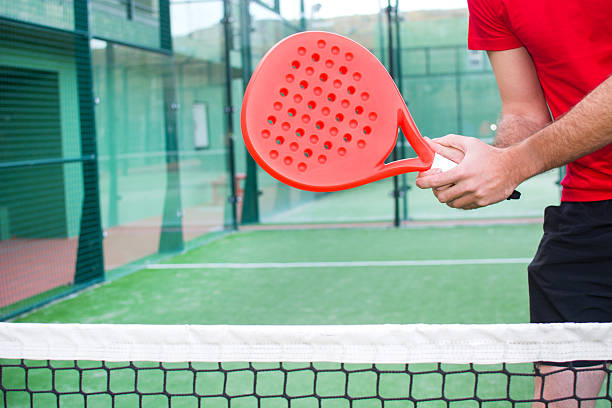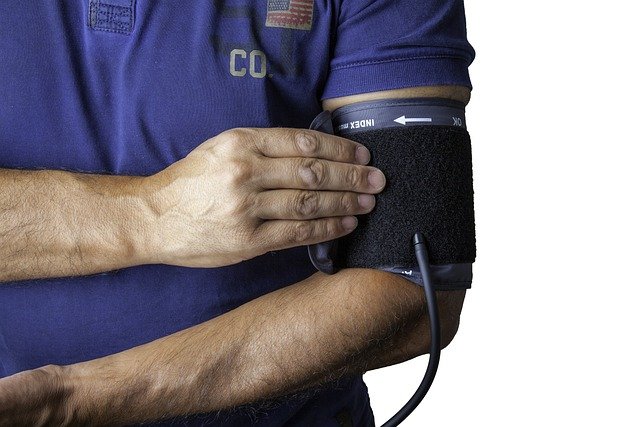Tennis Racquet: Design, Selection, and Maintenance
A tennis racquet is central to how you experience the sport, affecting control, power and comfort during play. Whether you’re a beginner picking up equipment for the first time or an experienced player refining your setup, understanding racquet design, materials and fit helps you make choices aligned with your technique and goals. This article explains key features, how to choose a racquet for your level, and practical upkeep to extend the life of your equipment.

Tennis: How racquets influence play
A racquet affects ball trajectory, spin and feel on contact. Head size determines the sweet spot: larger heads (oversize) typically offer more forgiveness and easier power, while midsize heads favor precision and control. String pattern and tension influence spin and response—open patterns can generate more bite for topspin, tighter patterns stabilize the string bed for consistent control. The interplay between head size, stringing and a player’s stroke mechanics shapes how the racquet will perform on court.
Racquet: Parts, materials and what matters
Racquets are built from a frame, grip, strings and often a bumper guard. Modern frames use graphite, carbon fiber or composite blends for a balance of stiffness and vibration damping; aluminum and steel are common in budget models. Weight, balance point and beam width are critical specs: heavier racquets offer stability and plow-through, while lighter racquets increase maneuverability. Beam width affects stiffness and power; stiffer beams transfer energy more directly while flexible beams can provide a softer feel.
Tennis racquet: Choosing by skill level
Matching a racquet to your skill helps development and comfort. Beginners often benefit from racquets with larger head sizes, lighter overall weight and forgiving stringbeds to reduce mishits and fatigue. Intermediate players may prioritize a balance between power and control, selecting medium head sizes and adjustable string tensions for versatility. Advanced players frequently choose racquets that emphasize control—smaller heads, heavier frames and specific balance points to suit aggressive swing styles. Grip size must be checked to avoid wrist strain or reduced control.
Sport: Playing style and racquet fit
Your playing style—serve-and-volley, baseline grinder, or all-court—suggests different racquet attributes. Serve-and-volley players may prefer a slightly heavier, head-light racquet for quick reaction time and stable volleys. Baseliners who rely on heavy topspin might choose an open string pattern and slightly larger head to enhance spin and margin for error. All-court players often seek a middle ground with adaptable balance and string setups. Consider also court surface and typical match length; endurance and shock absorption become more important for frequent or long matches.
Equipment: Strings, grip and maintenance essentials
Strings and grips are as important as the frame. Polyester strings are durable and offer spin potential; multifilament strings provide a softer, more arm-friendly feel. String tension trade-offs: lower tension usually gives more power and comfort, higher tension increases control but can feel firmer. Replace grips when tackiness or thickness changes cause slippage; regrip frequency depends on use and climate. Regularly inspect the bumper guard and grommets for wear. Store racquets in moderate temperatures and avoid leaving them in extremely hot or cold environments, which can affect frame integrity and string performance.
Choosing and testing racquets locally
Testing racquets at a local services shop or club demo program helps confirm fit before purchase. Try a few frames with varying weights, balance and string tensions; play with each for at least several games if possible to sense differences in fatigue, control and swing speed. When comparing models, note how quickly you adjust to feel and whether the racquet complements your stroke mechanics. If customizations are needed—like adjusting weight with lead tape or changing grip size—ask a technician at a local shop about options and installation.
Conclusion
Selecting and maintaining a tennis racquet involves understanding frame design, material choices, stringing options and how these elements align with your playing style and level. Regular inspection, correct grip sizing and appropriate string selection help protect your arm and maintain consistent performance. Testing racquets through local services and making small custom adjustments can refine the match between player and equipment, improving on-court comfort and effectiveness.






